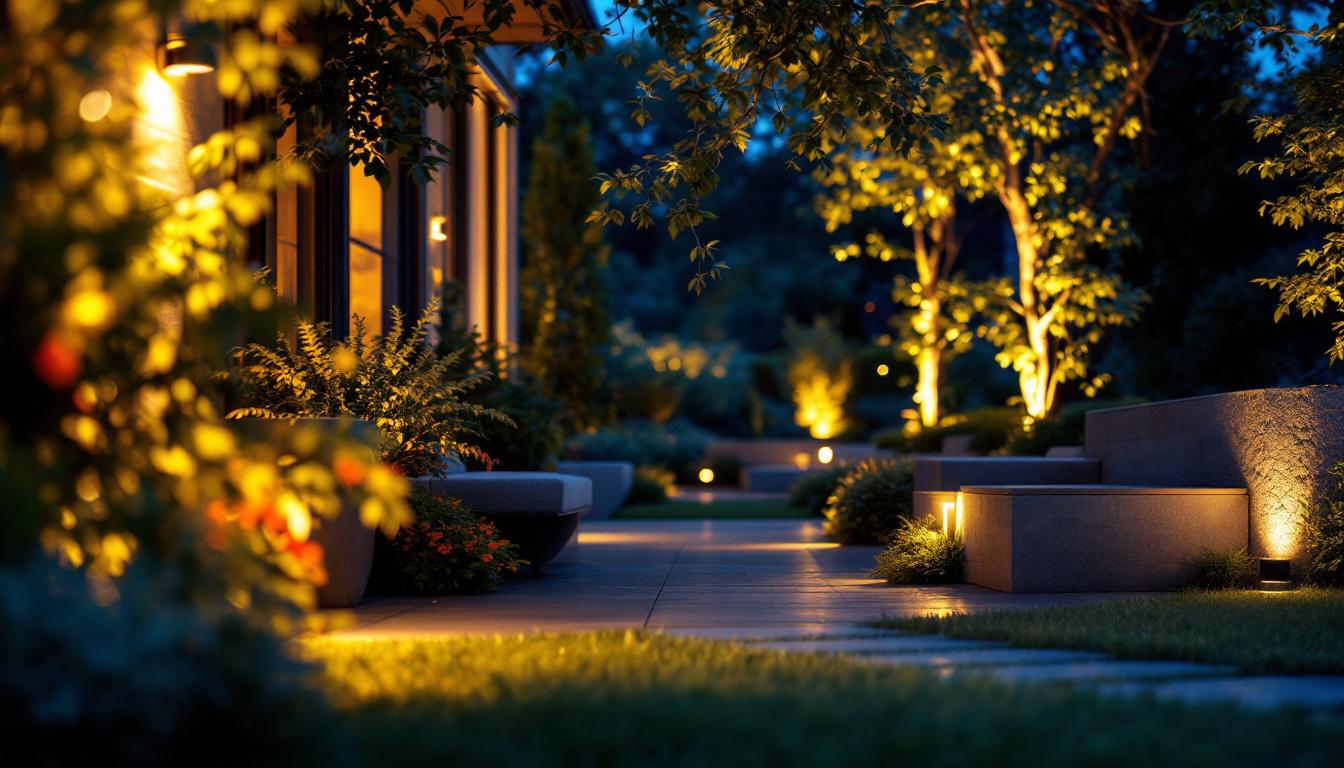
In the realm of interior design, lighting plays a crucial role in shaping the ambiance and functionality of a space. Among various areas of the home, the kitchen stands out as a focal point where effective lighting is essential. overhead kitchen lighting, in particular, has gained significant attention in recent years. This article delves into the growing importance of overhead kitchen lighting within the lighting industry, exploring its impact on design, functionality, and overall well-being.
Historically, kitchen lighting was primarily functional, aimed at illuminating workspaces to facilitate cooking and food preparation. However, as kitchens evolved into social hubs where families gather, the role of lighting transformed. Today, overhead lighting is not just about visibility; it also contributes to the overall aesthetic of the kitchen. Designers now prioritize creating a harmonious blend of function and style, ensuring that lighting complements the kitchen’s design elements.
Modern overhead lighting options range from sleek pendant lights to intricate chandeliers, each offering unique styles that can enhance the kitchen’s atmosphere. This shift towards aesthetic consideration has prompted manufacturers to innovate, leading to a diverse array of products that cater to various design preferences. For instance, minimalist designs have gained popularity, featuring clean lines and understated elegance, while vintage-inspired fixtures evoke a sense of nostalgia and warmth. The choice of materials, such as brushed nickel, brass, or even colored glass, further allows homeowners to express their personal style and create a cohesive look throughout the space.
The lighting industry has witnessed remarkable technological advancements that have revolutionized overhead kitchen lighting. The introduction of LED technology has been particularly transformative. LEDs are energy-efficient, long-lasting, and available in a variety of color temperatures, allowing homeowners to customize their lighting experience. This shift towards energy-efficient solutions aligns with the growing emphasis on sustainability in design. Additionally, the ability to dim LED lights or change their color temperature means that homeowners can easily transition from bright task lighting during meal prep to softer, warmer tones for evening gatherings, enhancing both functionality and ambiance.
Moreover, smart lighting systems have emerged, enabling homeowners to control their overhead kitchen lights remotely through smartphones or voice-activated devices. This level of convenience not only enhances the user experience but also allows for dynamic lighting adjustments based on the time of day or specific activities, further emphasizing the importance of overhead lighting in modern kitchens. For example, integrating motion sensors can automatically turn on lights when someone enters the kitchen, ensuring safety and efficiency. As technology continues to evolve, the integration of lighting with home automation systems promises even greater possibilities, allowing for personalized lighting scenes that cater to individual preferences and lifestyles.
One of the primary functions of overhead kitchen lighting is to enhance visibility in work areas. Properly placed overhead lights can illuminate countertops, stovetops, and islands, reducing the risk of accidents while cooking. For lighting contractors, understanding the specific needs of a kitchen layout is crucial. Different tasks require varying levels of brightness and light distribution, making it essential to tailor lighting solutions accordingly.
In addition to safety, effective overhead lighting can improve the efficiency of kitchen tasks. For instance, bright, focused lighting can help with food preparation, while softer ambient lighting can create a relaxed atmosphere for dining. By strategically layering different types of overhead lighting, contractors can create a versatile environment that caters to various activities. Incorporating task lighting, such as under-cabinet lights or pendant fixtures above islands, can further enhance functionality, ensuring that every corner of the kitchen is well-lit and conducive to cooking.
Overhead kitchen lighting also plays a significant role in establishing the overall ambiance of the space. The right lighting can evoke warmth and comfort, making the kitchen a welcoming environment for family and friends. Lighting contractors must consider the color temperature and intensity of the lights to achieve the desired mood. Warmer tones can create a cozy atmosphere, while cooler tones can lend a more modern and sleek feel.
Furthermore, the use of dimmers can enhance the versatility of overhead lighting. By allowing homeowners to adjust the brightness based on the occasion, dimmers contribute to a more personalized experience. Whether it’s a casual family dinner or an elegant gathering, the ability to modify the lighting can significantly impact the kitchen’s ambiance. Additionally, incorporating decorative fixtures, such as chandeliers or stylish pendant lights, can serve as focal points that not only illuminate but also add character and style to the kitchen. The interplay of light and design can transform a standard kitchen into a stunning culinary space that reflects the homeowner’s personality and taste.
Effective kitchen lighting involves more than just installing a single overhead fixture. Layering different types of lighting—ambient, task, and accent—creates a well-balanced and functional space. Ambient lighting serves as the primary source of illumination, while task lighting focuses on specific work areas. Accent lighting, on the other hand, highlights architectural features or decorative elements.
For lighting contractors, understanding how to layer these different types of lighting is essential. For example, pendant lights over an island can provide task lighting, while recessed lights can serve as ambient lighting. Incorporating accent lighting through under-cabinet fixtures can further enhance the kitchen’s design, adding depth and dimension to the space.
The selection of overhead lighting fixtures is a critical aspect of kitchen design. Factors such as scale, style, and functionality must be considered to ensure that the chosen fixtures complement the overall aesthetic. For instance, a large, bold chandelier may serve as a stunning focal point in a spacious kitchen, while sleek pendant lights may be more appropriate for smaller spaces.
Additionally, the finish and material of the fixtures can significantly impact the kitchen’s overall look. From polished metals to matte finishes, the choice of materials should align with the kitchen’s design theme. Lighting contractors should stay informed about current trends and styles to guide homeowners in making informed decisions.
As sustainability becomes a central focus in the design industry, energy-efficient lighting solutions are gaining prominence. Overhead kitchen lighting is no exception. The shift towards LED technology has not only reduced energy consumption but also lowered maintenance costs for homeowners. Lighting contractors play a vital role in educating clients about the benefits of energy-efficient lighting options.
Incorporating smart lighting systems can further enhance energy efficiency. These systems allow homeowners to monitor and control their lighting usage, reducing waste and contributing to a more sustainable lifestyle. By promoting eco-friendly solutions, contractors can align themselves with the growing demand for sustainable design practices.
With the increasing emphasis on energy efficiency, regulatory standards and incentives are becoming more prevalent. Many regions have implemented building codes that require energy-efficient lighting solutions in residential and commercial spaces. Lighting contractors must stay informed about these regulations to ensure compliance and provide clients with the best options.
In addition to regulatory standards, various incentive programs encourage homeowners to adopt energy-efficient lighting. These programs may include rebates or tax credits for installing energy-efficient fixtures. By understanding these incentives, contractors can guide clients toward making environmentally responsible choices while also benefiting financially.
The future of overhead kitchen lighting is undoubtedly intertwined with smart home technology. As more homeowners embrace smart devices, the demand for integrated lighting solutions is on the rise. Lighting contractors must be prepared to offer systems that seamlessly connect with other smart home features, such as security systems and thermostats.
Smart lighting allows for advanced control options, including scheduling, remote access, and voice activation. This level of integration not only enhances convenience but also provides homeowners with greater flexibility in managing their lighting needs. As technology continues to evolve, staying ahead of these trends will be essential for lighting contractors looking to remain competitive in the industry.
Another emerging trend in overhead kitchen lighting is the emphasis on personalization and customization. Homeowners are increasingly seeking lighting solutions that reflect their individual styles and preferences. This shift has led to a rise in customizable lighting options, allowing clients to choose colors, brightness levels, and even fixture designs that align with their vision.
Lighting contractors can capitalize on this trend by offering tailored solutions that cater to the unique needs of each client. By providing personalized consultations and design services, contractors can help homeowners create a lighting scheme that not only meets functional requirements but also enhances the overall aesthetic of their kitchens.
Overhead kitchen lighting has evolved from a purely functional necessity to a vital component of kitchen design. Its growing importance in the lighting industry reflects the changing dynamics of how kitchens are used and perceived. As homeowners seek to create inviting and efficient spaces, lighting contractors must stay informed about trends, technologies, and design considerations that influence overhead kitchen lighting.
By understanding the significance of layering light, choosing the right fixtures, and promoting energy-efficient solutions, contractors can provide valuable insights to their clients. As the industry continues to evolve, embracing smart technology and personalization will be key to staying relevant in the competitive landscape of kitchen lighting. Ultimately, the future of overhead kitchen lighting is bright, offering endless possibilities for innovation and design.
Ready to elevate your kitchen lighting designs with the latest trends and technologies? At LumenWholesale, we provide lighting contractors with an exceptional range of high-quality, spec-grade lighting products at the most competitive wholesale prices. Our commitment to quality and affordability ensures that you can bring your clients’ visions to life without compromise. With free shipping on bulk orders, you can stock up on premium lighting solutions and enjoy the best value. Don’t let inflated markups dim your project’s potential. Discover wholesale lighting at the best value today and brighten up your kitchen spaces with LumenWholesale.

Discover essential tips for installing motion sensor lighting outdoors and learn how to sidestep common pitfalls that could lead to costly errors.

Discover how light backup systems can revolutionize your lighting installation projects by enhancing reliability, efficiency, and safety.

Discover expert techniques and proven strategies for lighting contractors to illuminate flagpoles effectively.

Discover essential tips for lighting contractors on installing LED shower can lights.